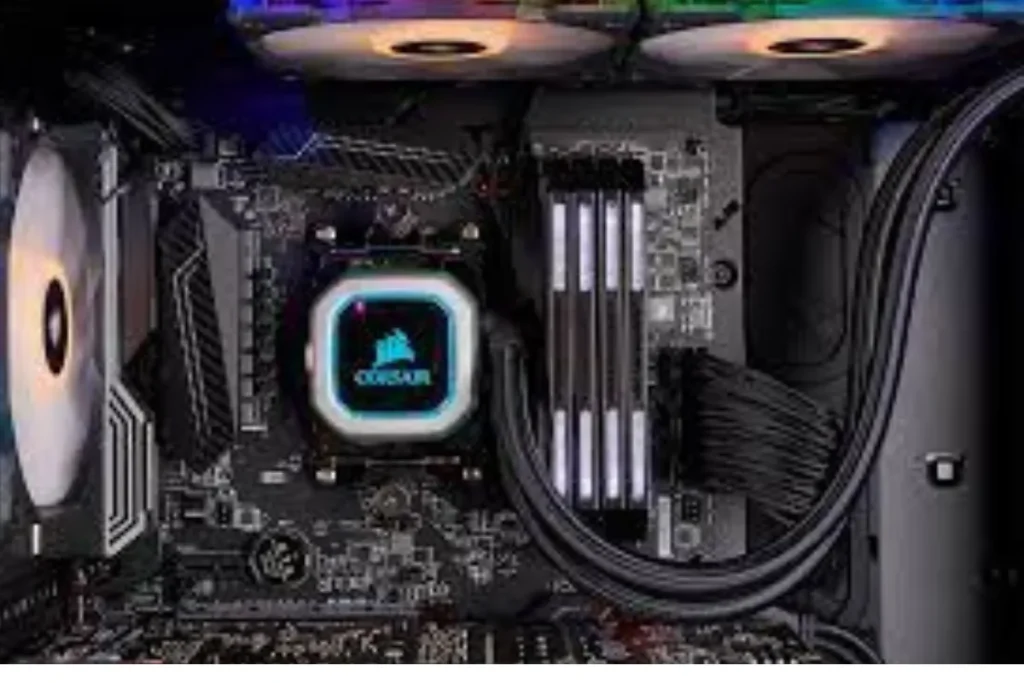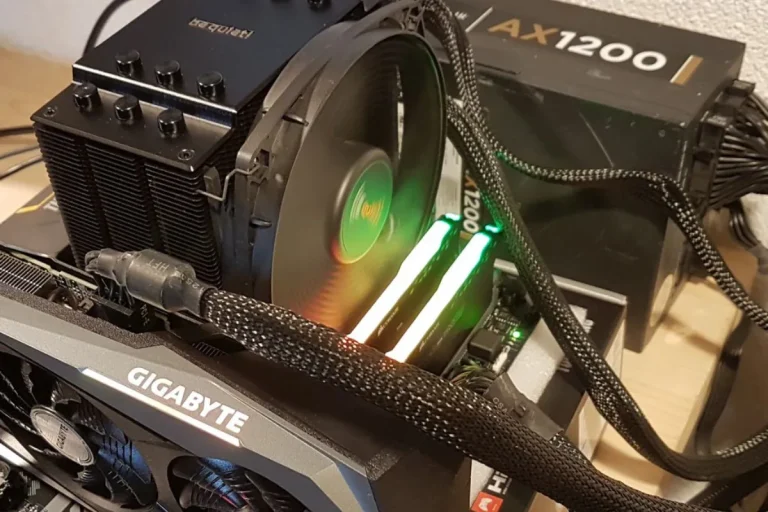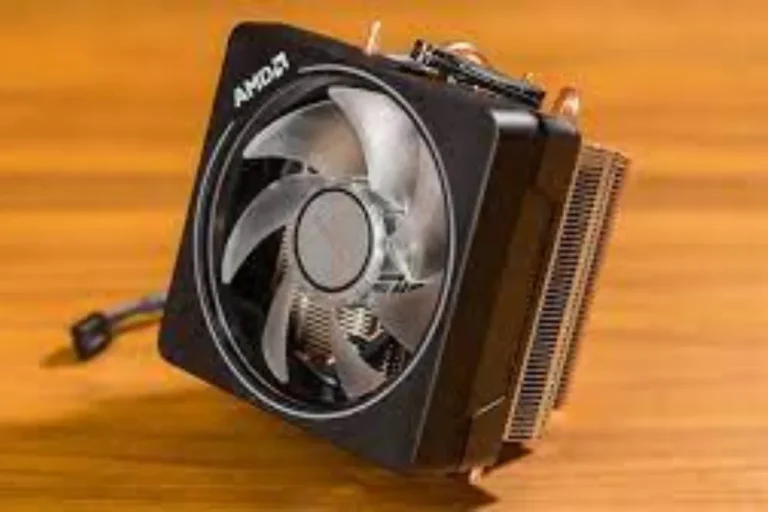Can a super tight CPU cooler mount damage a motherboard?
Can a super tight CPU cooler mount damage a motherboard? You might be surprised to learn that improper installation of a CPU cooler can indeed cause serious harm to your motherboard. In this article, we will delve into the potential risks associated with over-tightening and explore how you can prevent such damage.
The Risks of Over-Tightening
When it comes to installing a CPU cooler, a common mistake that many people make is over-tightening the mounting mechanism. This can have severe consequences for your motherboard, causing potential damage and affecting the overall performance of your system.
Excessive Pressure on the Motherboard
Over-tightening the CPU cooler mount can exert excessive pressure on the delicate components of your motherboard. The mounting mechanism is designed to secure the cooler in place, but going beyond the recommended torque can lead to unnecessary strain. This can result in stress on the motherboard, leading to potential damage.
Bent PCB and Damaged Components
One of the most significant risks of over-tightening is the possibility of bending the Printed Circuit Board (PCB). The PCB is the backbone of your motherboard, connecting all the vital components.
Excessive pressure from a tight cooler mount can cause the PCB to warp or even crack, jeopardizing the integrity of your motherboard. Additionally, other components such as capacitors, resistors, or delicate circuitry may also get damaged.
Impact on System Stability and Performance
A super-tight CPU cooler mount can have a direct impact on the stability and performance of your system. The excessive pressure on the motherboard can lead to poor contact between the CPU and the cooler, impacting heat dissipation.
This can result in higher temperatures, which can trigger thermal throttling, system crashes, or even permanent damage to your CPU. Moreover, compromised stability can lead to overall performance degradation, affecting tasks ranging from gaming to productivity.
Signs of Damage

When a CPU cooler mount is too tight, it can lead to potential damage to your motherboard. It’s important to be aware of the signs that indicate such damage, as prompt action can help prevent further issues. Motherboard damage caused by a tight cooler mount and why you should take them seriously.
Identification of Common Signs
Several signs can indicate motherboard damage resulting from a tight CPU cooler mount. One of the most noticeable signs is frequent system crashes or unexpected shutdowns. If your computer suddenly restarts or freezes during normal operation, it could be a red flag.
Additionally, keep an eye on abnormal temperature readings, such as unusually high CPU temperatures, which may indicate poor heat dissipation due to improper cooler mounting. Intermittent failures, where certain components or peripherals stop working intermittently, can also be a sign of potential motherboard damage.
System Crashes Abnormal Temperature Readings
System crashes can occur due to many reasons, but when combined with a tight CPU cooler mount, they can be a clear indication of motherboard damage. Excessive pressure on the motherboard can cause poor contact between the CPU and cooler, leading to inadequate heat dissipation and overheating.
Abnormal temperature readings, such as consistently high CPU temperatures, can be a cause for concern. If your CPU is running hotter than usual, it may indicate that the cooler is not making proper contact with the CPU, resulting in inefficient cooling.
Intermittent failures, where certain components or peripherals stop working or behave erratically, can also suggest motherboard damage. Over-tightening the cooler mount can cause stress on the motherboard, potentially damaging delicate circuitry and affecting the overall functionality of the system.
Emphasizing the Need for Prompt Action
When you observe any of these signs, it’s crucial to take prompt action to prevent further damage. Continuing to operate the system with a tight cooler mount can worsen the situation, potentially leading to permanent damage to the motherboard or other components.
If you notice any signs of damage, it’s recommended to consult a professional or refer to the manufacturer’s guidelines for proper inspection and resolution.
Frequently Asked Questions
1. Can I skip using thermal paste when mounting a CPU cooler?
No, thermal paste is crucial for maintaining efficient heat transfer between the CPU and cooler. Skipping it can result in poor cooling performance and potential damage to the CPU.
2. Can I use any screwdriver to tighten the CPU cooler screws?
It’s important to use the appropriate screwdriver that fits properly to avoid slipping and damaging the motherboard. Using the wrong size or type of screwdriver can lead to stripped screws or other issues.
3. What happens if I over-tighten the CPU cooler screws?
Over-tightening the screws can exert excessive pressure on the motherboard, potentially causing damage. It’s important to follow the recommended torque specifications provided by the CPU cooler manufacturer.
4. Can I reuse thermal paste when remounting the CPU cooler?
It’s generally recommended to clean off the old thermal paste and apply a fresh layer when remounting the CPU cooler. Reusing old thermal paste can lead to poor heat transfer and reduced cooling efficiency.
5. Can using the wrong torque specifications affect CPU performance?
Yes, using incorrect torque specifications can affect the contact between the CPU and cooler, leading to poor cooling performance.
Conclusion
Yes, a super tight CPU cooler mount can potentially damage a motherboard. Applying excessive force while tightening the screws can lead to cracked PCBs, damaged solder joints, or even bent pins. It’s crucial to follow the recommended torque specifications to ensure a secure and safe installation without risking any harm to your valuable motherboard.




